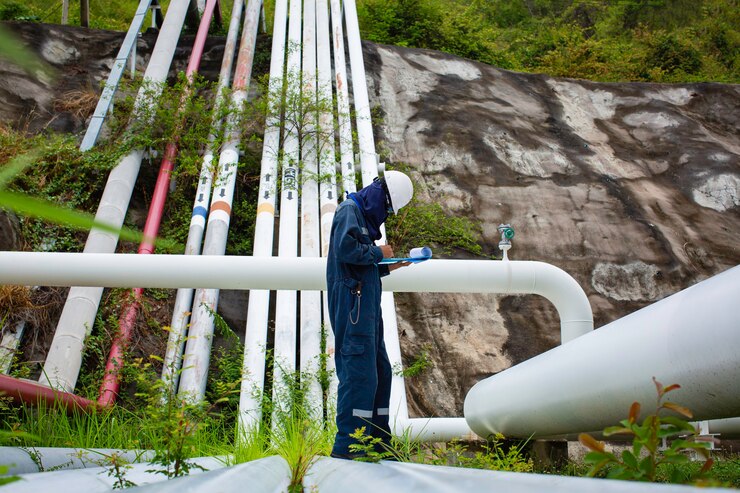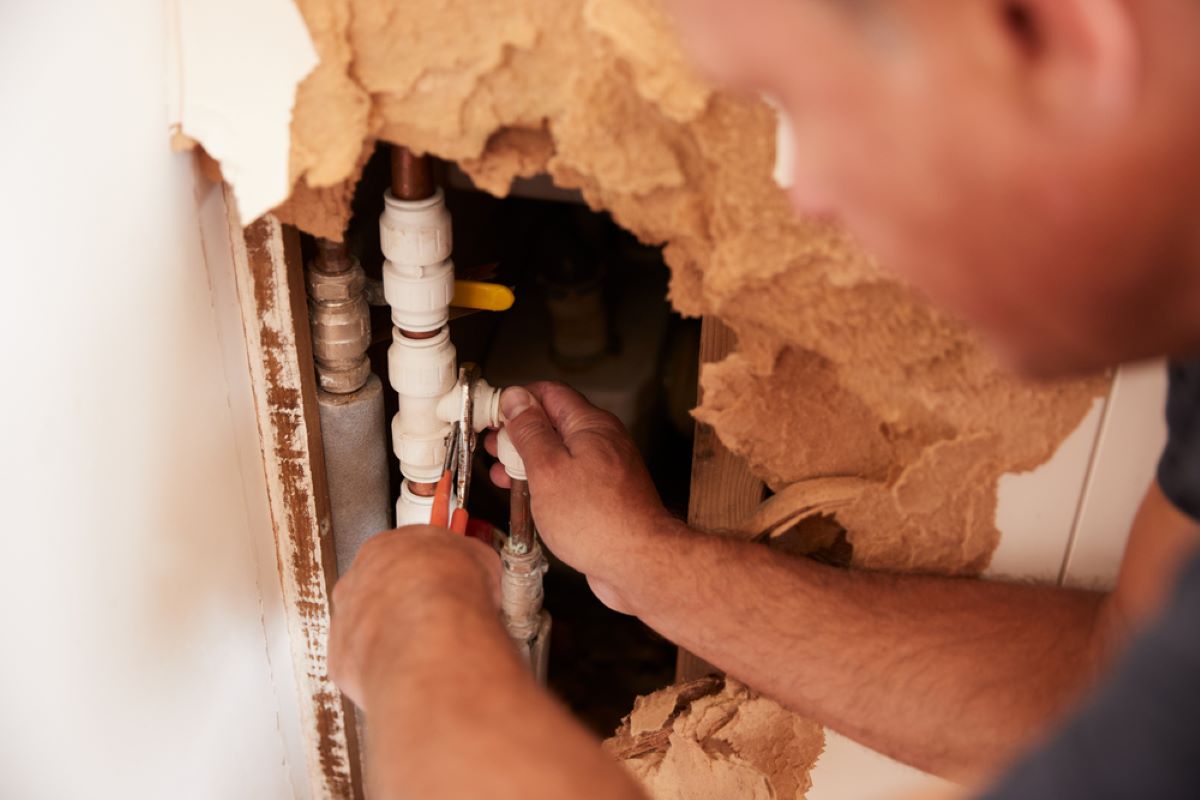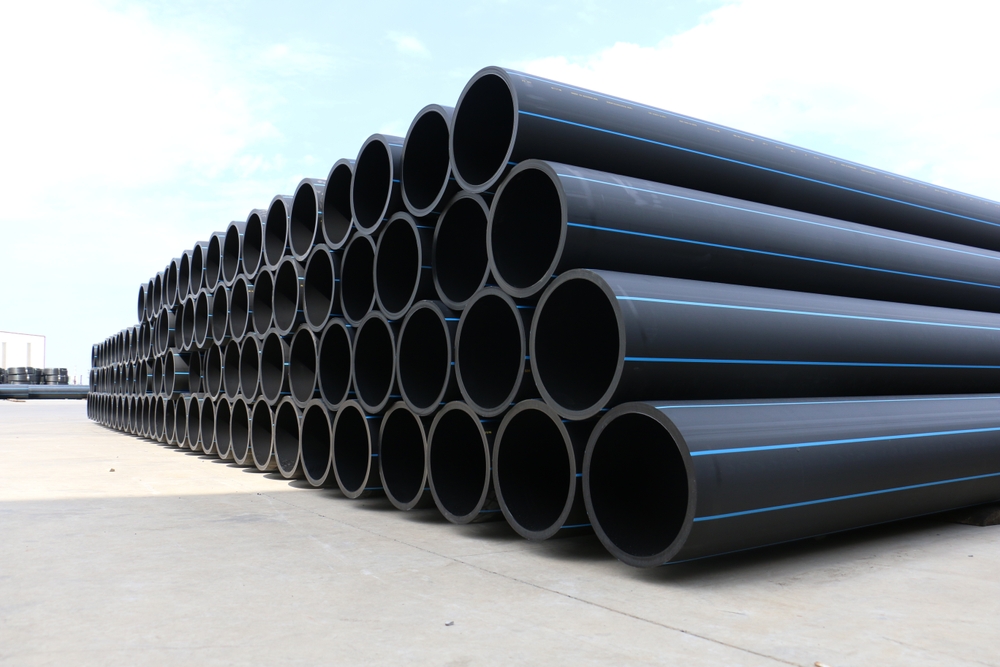In today’s world, the energy sector faces a critical challenge: balancing growing infrastructure needs with environmental responsibility. Pipelines, a vital part of this sector, require careful planning and development to minimize their impact on the environment. At Lined Pipe Systems (LPS), we understand this challenge. We are a leading provider of sustainable solutions or better to say sustainable pipeline solutions, committed to developing and implementing eco-friendly practices throughout the entire pipeline lifecycle.
This blog post will explore key considerations for sustainable pipeline infrastructure, highlighting how innovative design, material selection, and construction techniques can create a more harmonious relationship between energy transportation and environmental protection.
Understanding Environmental Challenges in Pipeline Construction
Pipeline construction, while essential for transporting resources efficiently, poses significant environmental challenges. Excavation disturbs ecosystems, and the potential for leaks or spills can have devastating consequences on local flora and fauna. Moreover, traditional materials and methods often exacerbate these issues, further underscoring the necessity for innovative approaches.
Additionally, we suggest reading our, “6 Technologies That Are Transforming Pipelines”
Our Commitment to Sustainable Practices
At LPS, we are dedicated to pioneering sustainable practices that mitigate environmental harm without compromising structural integrity or operational efficiency. Through relentless research and development, we have cultivated a comprehensive suite of solutions designed to address key environmental concerns in pipeline construction.
Advanced Materials Selection
Central to our approach is the careful selection of materials with minimal environmental impact. By leveraging cutting-edge composites and eco-friendly alternatives, we minimize the carbon footprint associated with pipeline manufacturing while enhancing durability and longevity.
Innovative Construction Techniques
In addition to material innovation, we employ advanced construction techniques that prioritize environmental stewardship. Our team utilizes state-of-the-art trenchless technologies, such as horizontal directional drilling (HDD) and microtunneling, to minimize surface disruption and reduce habitat fragmentation.
Also, read how you can “Revolutionize Pipeline Integrity with LPS: Permanent Solutions for Corrosion Protection”
Robust Leak Detection and Prevention Systems
Preventing leaks is paramount in safeguarding the environment and public health. Our pipelines feature robust leak detection systems, including real-time monitoring and automated shutdown mechanisms, to swiftly identify and address potential issues before they escalate.
Eco-Friendly Coating and Corrosion Protection
To prolong pipeline lifespan while minimizing environmental impact, we apply eco-friendly coatings and corrosion protection measures. These innovative solutions not only safeguard against degradation but also reduce chemical leaching and contamination risks.
FlexSleeve®
Protect Your Pipeline with FlexSleeve® Weld Joint Inserts: A Sustainable Solution for Steel Pipes
Struggling to safeguard the weld zone of steel pipes with thin internal coatings? Look no further than FlexSleeve® Weld Joint Inserts, the simplest and fastest solution for long-lasting protection.
FlexSleeve® offers versatility for various pipe configurations, with versions specifically designed for both butt-weld and bell & spigot joints. This ensures a perfect fit for your pipeline needs.
But wait, there’s more! FlexSleeve® goes beyond immediate protection. Here’s how it contributes to sustainable pipeline infrastructure:
- Reduced Maintenance: By safeguarding the weld zone, FlexSleeve® minimizes the risk of leaks and corrosion, leading to less frequent maintenance and repairs. This translates to lower environmental impact from maintenance activities.
- Extended Pipeline Lifespan: Protection from corrosion extends the lifespan of your steel pipes. This reduces the need for premature pipeline replacement, minimizing resource consumption and environmental disruption.
Ready to explore a sustainable solution for your steel pipelines? Learn more about FlexSleeve® Weld Joint Inserts and how they can benefit your project.
SealSleeve™ for Thermoplastic Liners
SealSleeve™: The Fast and Secure Weld Solution for Thermoplastic Lined Steel Pipes
Building pipelines with thermoplastic liners (like HDPE) offers numerous advantages, but protecting the liner during welding can be a challenge. Introducing SealSleeve™ – the fastest welded joint method for steel pipes with pull-through thermoplastic liners.
SealSleeve™ acts as a protective sleeve insert at the weld zone, preventing the damaging effects of welding heat on the surrounding plastic liner. This translates to several benefits for your project:
- Unmatched Speed: SealSleeve™ facilitates faster joint assembly compared to traditional methods, saving you valuable time and resources.
- Superior Liner Protection: The unique design ensures your thermoplastic liner remains undamaged by the welding process, preserving its integrity and performance.
- Leak-Proof Confidence: By safeguarding the liner, SealSleeve™ minimizes the risk of leaks at the weld joint, promoting long-term pipeline reliability.
Upgrade your pipeline construction with SealSleeve™! This innovative solution ensures a faster, more secure, and ultimately more sustainable method for joining steel pipes with thermoplastic liners.
Advantages of Our Sustainable Solutions
By embracing sustainable practices throughout the pipeline lifecycle, LPS offers distinct advantages for both clients and the environment:
- Cost Efficiency: Our sustainable solutions may lead to long-term cost savings through reduced maintenance and environmental remediation expenses.
- Regulatory Compliance: With heightened regulatory scrutiny on environmental impact, our solutions help clients navigate compliance requirements effectively.
- Enhanced Reputation: Demonstrating a commitment to environmental stewardship enhances brand reputation and fosters goodwill within communities.
Conclusion
The need for sustainable solutions in pipeline construction is undeniable. At Lined Pipe Systems (LPS), we recognize this responsibility. We’re a frontrunner in developing and implementing innovative practices that minimize environmental impact throughout the pipeline lifecycle. From FlexSleeve® weld joint protection to SealSleeve™ for thermoplastic liners, our solutions promote faster, more reliable, and ultimately more sustainable pipeline infrastructure.
Formed in 2017, Lined Pipe Systems (LPS) tackled a critical challenge in pipeline infrastructure: safeguarding the interior of steel weld joints from corrosion despite scorching welding temperatures. Through extensive research and development, LPS developed innovative solutions like FlexSleeve® and SealSleeve™ – contractor-friendly products that deliver permanent weld joint protection while streamlining construction with familiar techniques.
LPS’ commitment to sustainability extends beyond product performance. Their global presence, with headquarters in Southern California, USA, and R&D and manufacturing facilities in Minas Gerais, Brazil, allows them to serve clients worldwide, minimizing transportation footprints and promoting efficient project execution.
By prioritizing long-lasting protection, faster construction methods, and a global reach, LPS is a driving force in building a more sustainable future for pipeline infrastructure.
FAQs
Q1. How can pipelines be more sustainable?
Ans:
- Sustainable Design: Stronger materials, thicker walls, and strategic routes minimize environmental impact.
- Leak Prevention: Advanced leak detection and fast response plans are crucial.
- Construction Methods: Trenchless construction reduces surface disruption (e.g., horizontal directional drilling).
Q2. What are the environmental considerations of pipelines?
Ans:
- Habitat Loss: Construction can disrupt ecosystems. Careful planning and restoration are essential.
- Leak Potential: Leaks can contaminate soil and water. Leak prevention and rapid response are vital.
- Greenhouse Gas Emissions: Construction and operation can generate emissions. Consider renewable energy for construction and efficient pumping systems.
Q3. What are the problems with pipelines?
Ans:
- Environmental Impact: Improper construction or leaks can harm the environment.
- Safety Concerns: Leaks or ruptures can pose safety risks and contaminate the environment. Regular inspections are key.
- Visual Impact: Pipelines can disrupt landscapes, especially above-ground sections.
Q4. How can we improve pipelines?
Ans:
- Sustainability Focus: Design, construction, and leak prevention all play a role in minimizing environmental impact.
- Innovation: New materials, leak detection, and efficient operation methods can further enhance sustainability.
- Community Engagement: Open communication with affected communities helps address concerns and minimize disruption.
Q5. Are pipelines more environmentally friendly?
Ans: Compared to some methods (e.g., long-distance trucking), pipelines can be a more eco-friendly option for transporting large volumes. However, their environmental impact depends on construction practices, leak prevention, and the product being transported.
Q6. Why are pipelines better for the environment (compared to some transportation)?
Ans: Pipelines typically have fewer accidental releases compared to trucks or trains, potentially leading to less environmental contamination. They can be more efficient, often requiring less energy per unit of product transported compared to some alternatives.
Q7. What makes pipelines safe?
Ans: Pipelines are built with strong materials and meet safety regulations to minimize ruptures or leaks. Regular inspections, leak detection systems, and right-of-way maintenance further enhance safety.
Q8. What is the ecological impact of pipelines?
Ans: The impact varies depending on factors like habitat, potential for spills, and habitat fragmentation. Careful planning and best practices can significantly reduce ecological impact.





